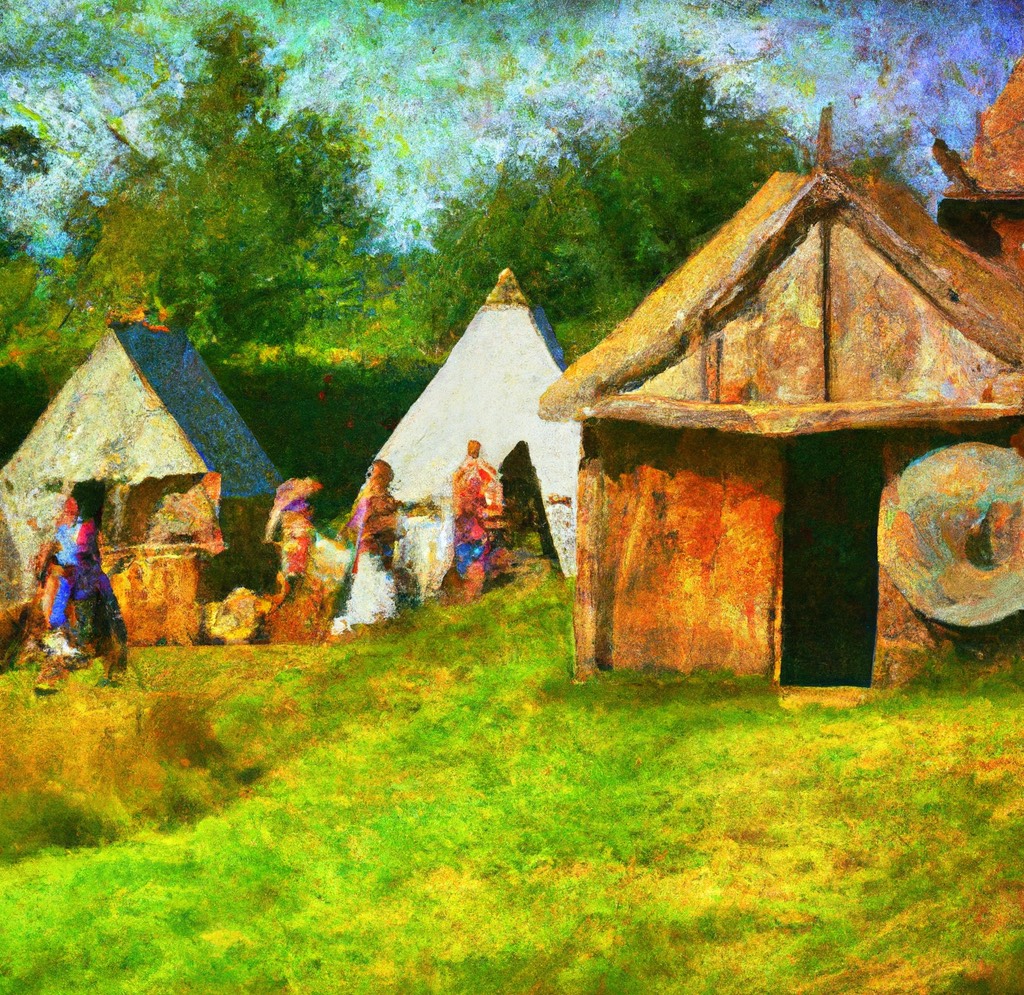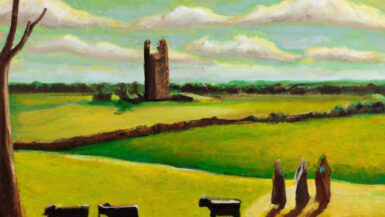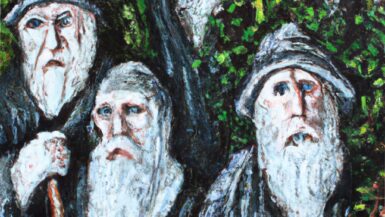Dublin: The Epicenter of Viking Activity
Early Raids and Settlement
The saga of Dublin’s Viking roots began as early as the late 8th century when Norse raiders first arrived. Over the next few decades, what started as sporadic raids evolved into stable settlements, culminating in the establishment of Dubh Linn by 841 AD.
Dublin as a Trading Powerhouse
Dubh Linn’s advantageous location bridged Viking territories with Britain and mainland Europe. Its thriving markets, including a notorious slave market, magnetized traders, elevating Dublin’s early economic significance.
Unearthing Viking Dublin
Modern archaeological efforts, especially those at Wood Quay, offer a window into Dublin’s Viking past, revealing household artifacts, tools, and glimpses of daily Norse life.
Waterford: Ireland’s Oldest City
Origins and Establishment
In 914 AD, Viking settlers founded Waterford, deriving its name from the Old Norse “Vedrarfjordr”. It stands as Ireland’s oldest city, showcasing Viking urban planning.
The City’s Strategic Importance
With its coastal positioning, Waterford facilitated sea-based trade and defense against potential inland adversaries, making it a Viking stronghold.
From Viking Settlement to Historic City
Throughout the Middle Ages, Waterford’s prominence persisted, later playing pivotal roles in episodes such as the Anglo-Norman invasion.
Limerick: The Riverside Viking Bastion
Limerick’s Viking Beginnings
By the mid-9th century, the strategic position along the River Shannon enticed Vikings, leading to the birth of Limerick as a Norse settlement.
Expansion and Trade
Limerick’s growth was exponential, propelled by its river trade routes and connections with other Viking centers, transforming it into a bustling trade hub.
A Melting Pot of Cultures
Limerick stands as a testament to cultural amalgamation, where Viking and Gaelic traditions intertwined, shaping the city’s unique identity.
Cork: The Marshland Marvel
Overcoming Geographic Challenges
Established in the early 10th century, Cork’s Viking founders navigated its marshy terrains, turning geographic challenges into settlement opportunities.
The Emergence of a Trading Port
Cork’s natural harbor, despite its swampy surroundings, made it a beacon for maritime trade, drawing traders from various Viking territories.
Cohesion with the Gaelic Irish
Of all Viking settlements, Cork showcased remarkable harmony between Norse settlers and the Gaelic Irish, forging a distinct cultural synthesis.
Vikings and Ireland’s Urban Evolution
From Longphorts to Cities
The Norse legacy in urbanization is palpable. Their fortified ship encampments, or “longphorts”, were the precursors to the bustling urban centers we recognize today.
Crafting Extensive Trade Networks
The rise of these cities marked the dawn of expansive trade networks, connecting Ireland to Scandinavia, Britain, and beyond.
Celebrating a Shared Heritage
Viking festivals and place names enduring in these cities bear testimony to a shared Norse-Gaelic heritage, celebrating centuries of coexistence and mutual enrichment.
Diving deep into the annals of Ireland’s urban history reveals the indomitable Viking spirit – from their adventurous voyages to their city-building endeavors. Dublin, Waterford, Limerick, and Cork each narrate distinct tales of Norse courage, ingenuity, and legacy.






Leave a reply